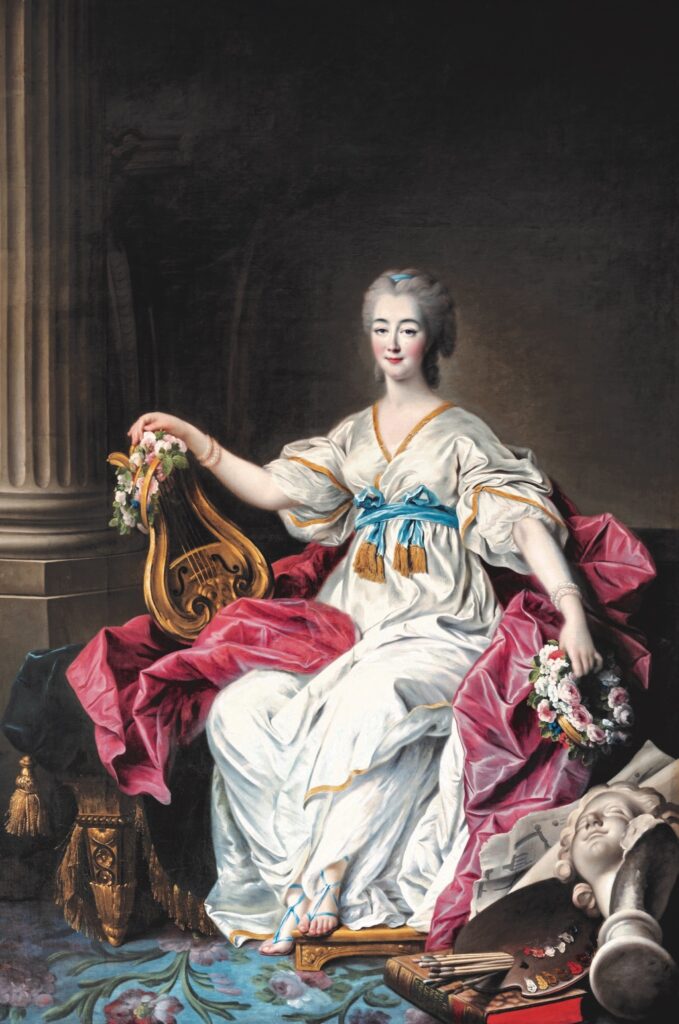
Madame du Barry, the last Maîtresse en Titre, or Official Mistress, of Louis XV of France, was famous for her beauty, charm and extravagance. She was also a friend of Voltaire and a patron of the arts, a fashion icon and lifestyle trendsetter. Her sumptuous apartment in the Château de Versailles, now open to the public following a €5 million renovation, is the centerpiece of a blockbuster exhibition, “Louis XV: Passions of a King” (through Feb. 19, 2023) marking the tercentenary of her royal lover’s coronation in 1722.
Born Jeanne Bécu in 1743, her life was a rags-to-riches story and, like many such, it had a darker side. The illegitimate daughter of a poor mother, as a teenager she was trafficked through the gaming houses of high-society Paris to a series of upper-class alpha males. When the French Revolution swept away the dissolute Ancien Régime, she was sentenced to death in a puritanical backlash after a kangaroo trial by an all-male court: Viewed through a feminist #MeToo prism, it’s a case history of a vulnerable woman sexually exploited, then jettisoned and destroyed by a patriarchal society.
Two faces of a single story. Morality-police reports and other contemporary sources record the metamorphosis of the shopgirl and sex worker Jeanne Bécu into Comtesse du Barry, helped by a forged birth certificate that obscured her age and origins, and a staged marriage of convenience to the questionably aristocratic brother of her “protector,” Jean-Baptiste du Barry, which gave her access to the royal court.
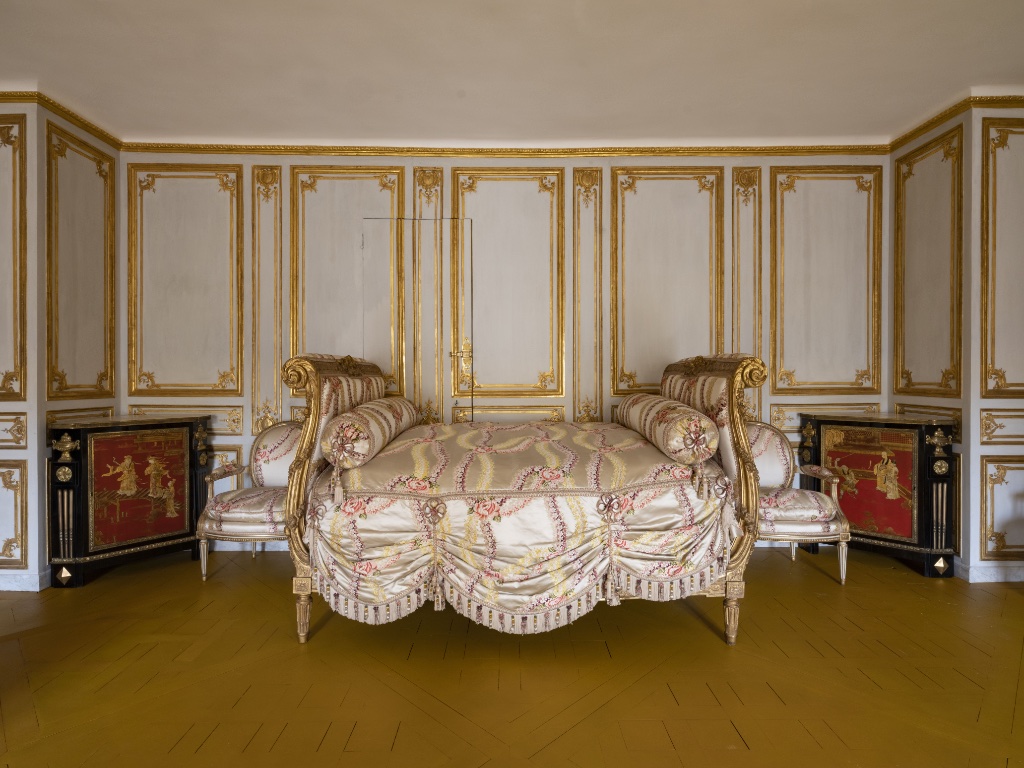
A pawn in a struggle for influence between rival court factions, du Barry was pimped into the bed of the aging monarch in 1768, when he was suffering from a depressed libido after the deaths of his former mistress and confidante, the Marquise de Pompadour; his son, the Dauphin Louis; and his wife, Queen Maria Leszczynska.
“Louis XV was in his mid-50s, and his sex life before du Barry, though wide-ranging, was not very creative,” says Christine Adams, professor of history at St. Mary’s College of Maryland and coauthor, with her sister and fellow historian Tracy Adams, of a study charting the rise and fall of French royal mistresses. “When he was suddenly introduced to this woman who was trained in the arts of love, he was completely besotted – suddenly his sex life improved 200 percent.”
From 1769 until his death in 1774, she became the diplomatic and political gatekeeper to the king, living directly above his private quarters in the Château de Versailles with a secret staircase leading directly to her bedroom.
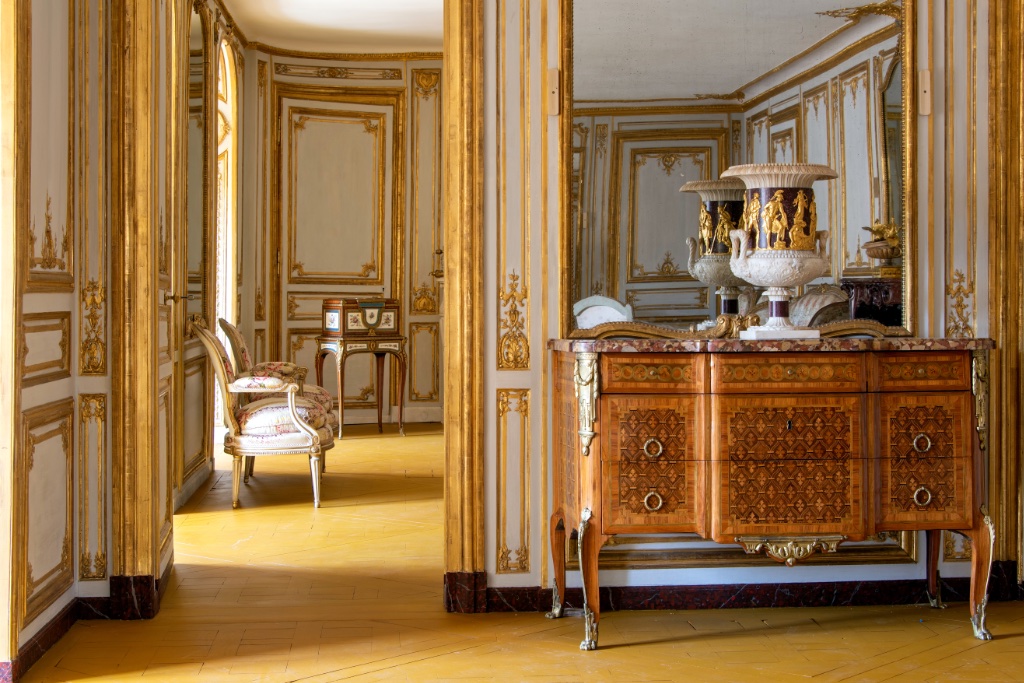
“The thing about her apartment is its immensity and the prestige of its position,” says Laurent Salomé, director of the National Museum of Versailles and Trianon. “It’s incredible to have a mistress installed right in the heart of the château, effectively in the king’s private quarters. Not even Pompadour had that.”
To restore her apartment, skilled artisans – many of them young women – from Ateliers Gohard, the firm best known for restoring the Statue of Liberty’s torch, spent 18 months stripping away layers of overpainting and grime. Then they mixed vegetal pigments, following 18th-century formulas, to match the original paints and applied fresh gold leaf where needed.
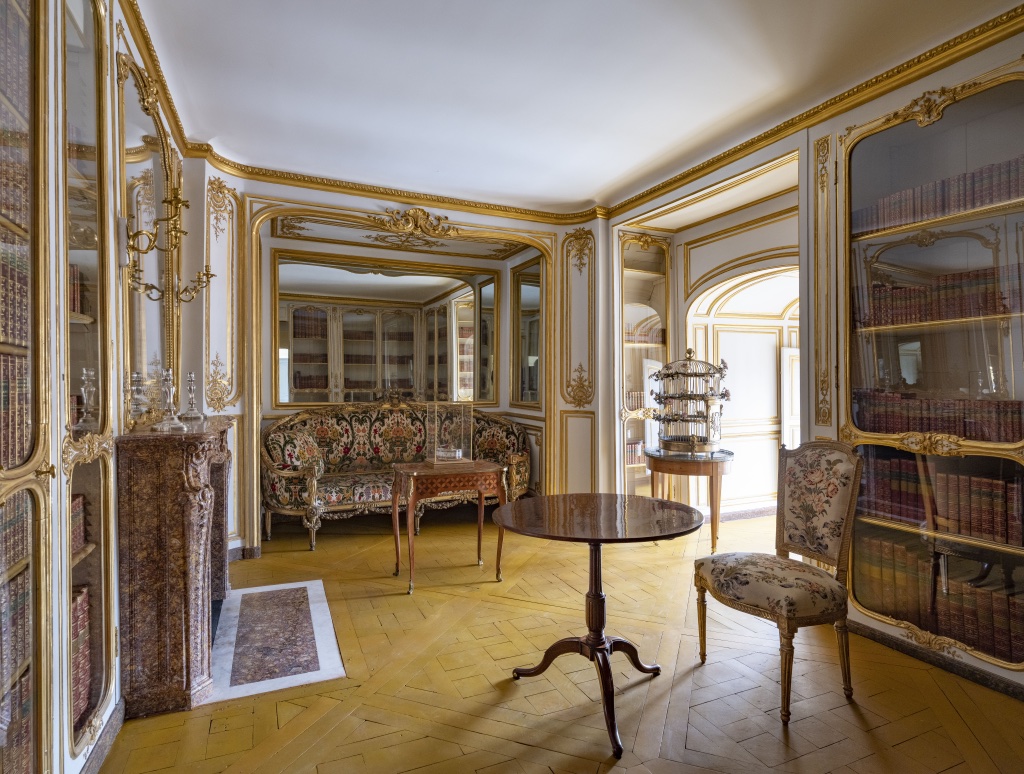
Since the time of Louis XIV, the Sun King, gold at the court of Versailles was a symbolic preserve of royalty, so the richness of the decoration in the main reception rooms of Madame du Barry’s apartment “was completely abnormal,” said Salomé in an interview. “She should never have had so much gilding. She obtained something exceptional.”
He continued: “She started from very low on the social ladder, unlike Pompadour, who came from the grand bourgeoisie. She was really a creature from the gutter who arrived at the summit. She liked opulence; she liked to show that she’d arrived.”
Gold was not her only indulgence. Says Professor Adams: “She loved clothes and jewels. She was probably open to any extravagance coming through. I don’t know if she would have paid much attention to who was paying for it.”
Despite her banishment from court after the death of Louis XV, Madame du Barry was allowed by his successor, Louis XVI, and the young Marie-Antoinette to retire like a dowager – after some months’ penance in a nunnery – to an estate in Louveciennes at the foot of the Versailles royal park, which she embellished with a music pavilion designed to look like a Greek temple overlooking the Seine. She even commissioned a series of decorative murals on “The Progress of Love” from the great rococo painter Jean-Honoré Fragonard.
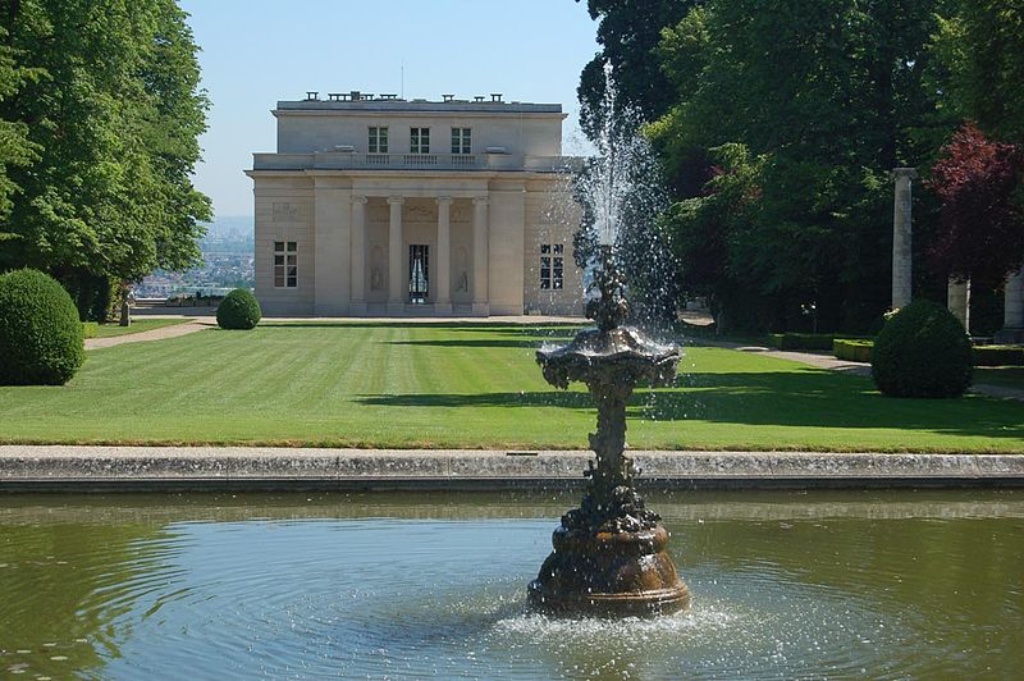
The pavilion, a monument to the influence of her neoclassical taste, still stands and was recently reported to be on the market at an asking price of €60 million. The Fragonards are now among the jewels of the Frick Collection in New York.
Things did not turn out well for du Barry in the end, however. Her love of jewels played a part in her downfall. A diamond necklace offered to her by the king shortly before his death, though never in fact delivered, was so over the top that it triggered popular anger against the monarchy, feeding years later into the viciousness of the revolutionary Terror. The treason charges brought against her by revolutionary prosecutors were bolstered by journeys she made between France and England to recover stolen jewelry that had turned up in London.
“She did some things that were unwise,” says Prof. Adams. “She made this trip to England that left her open to accusation, and she was also vulnerable as a symbol of the worst excesses of the Ancien Régime.”
From gutter to glitter to guillotine, du Barry’s life reads like a biopic. Several have already been made, in fact, and another, La Favorite, starting the French director Maïwenn as Du Barry and Johnny Depp as Louis XV, will be released in France on Netflix this year.
But was she a #MeToo-type victim? “The problem with #MeToo is that it’s just anachronistic in terms of the 18th century,” says Prof. Adams. “She was actually able to leverage her assets into a pretty impressive position and came out of it pretty well-provided-for.”
“Looking at it through modern eyes,” she continued, “it’s grotesque that that was women’s option, the only way to achieve comfort and power and influence. But that was the position everybody was in – it was generally awful to be a woman in the 18th century, and I’m not sure other avenues were better.”
Favorite
